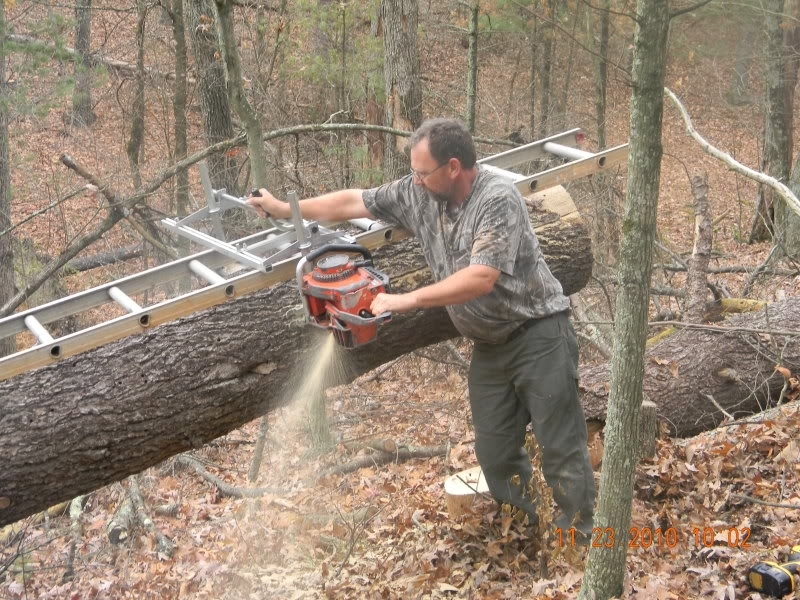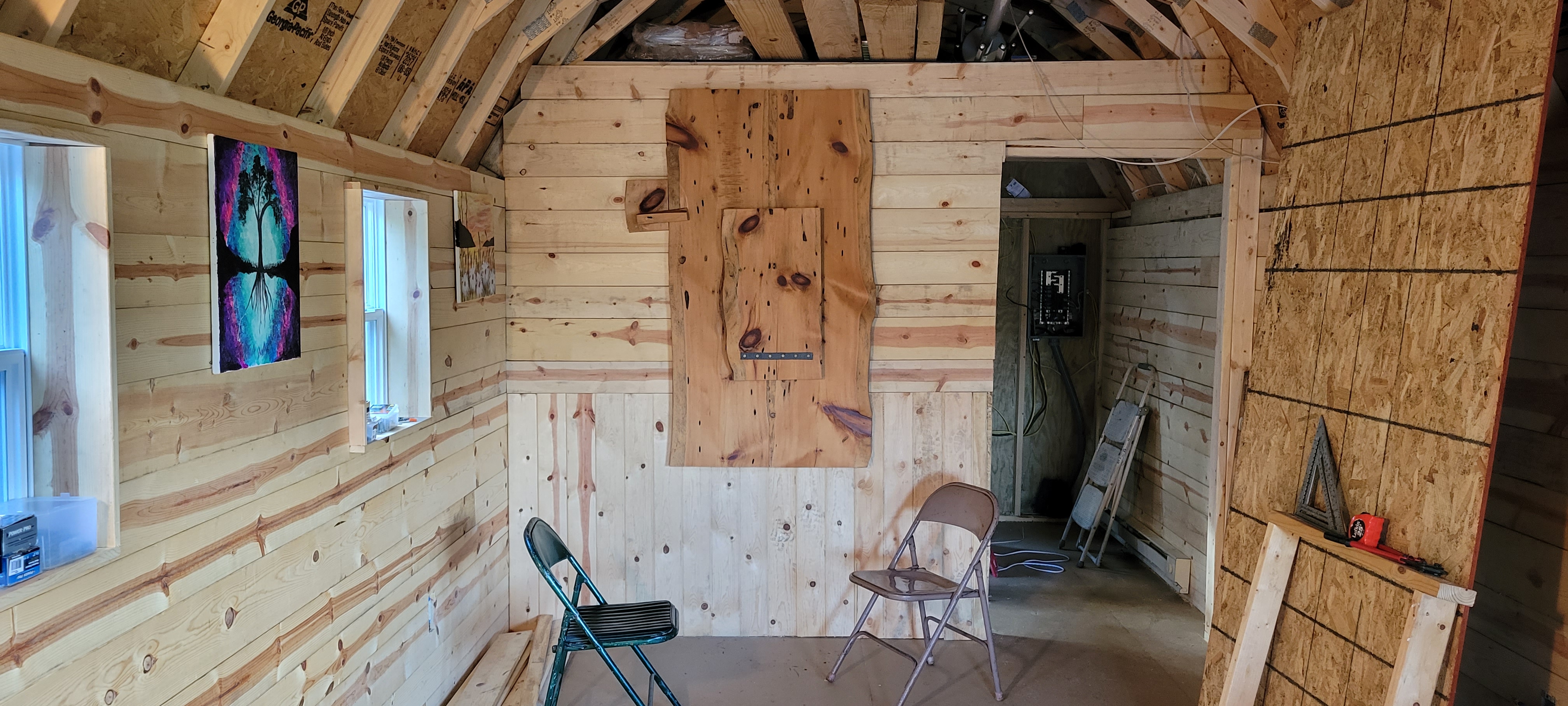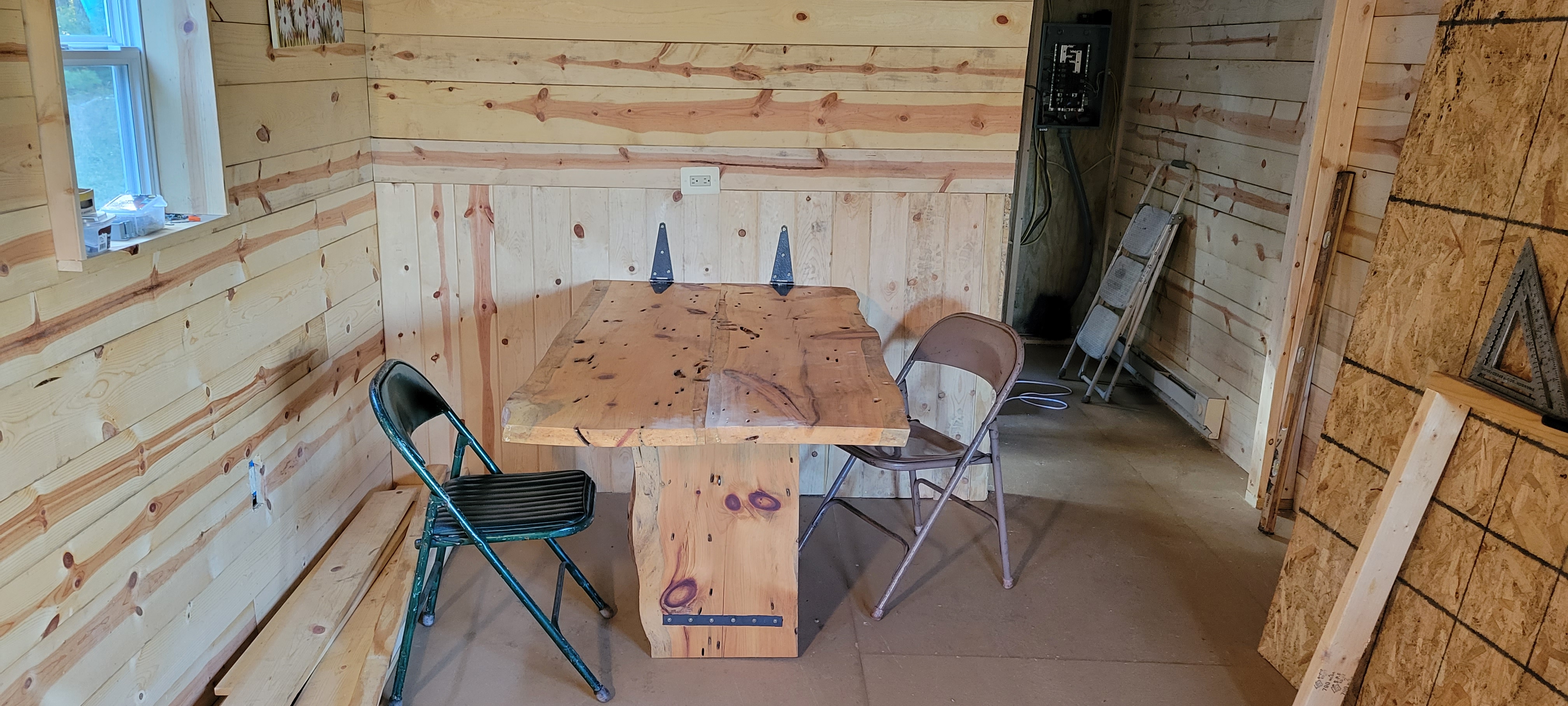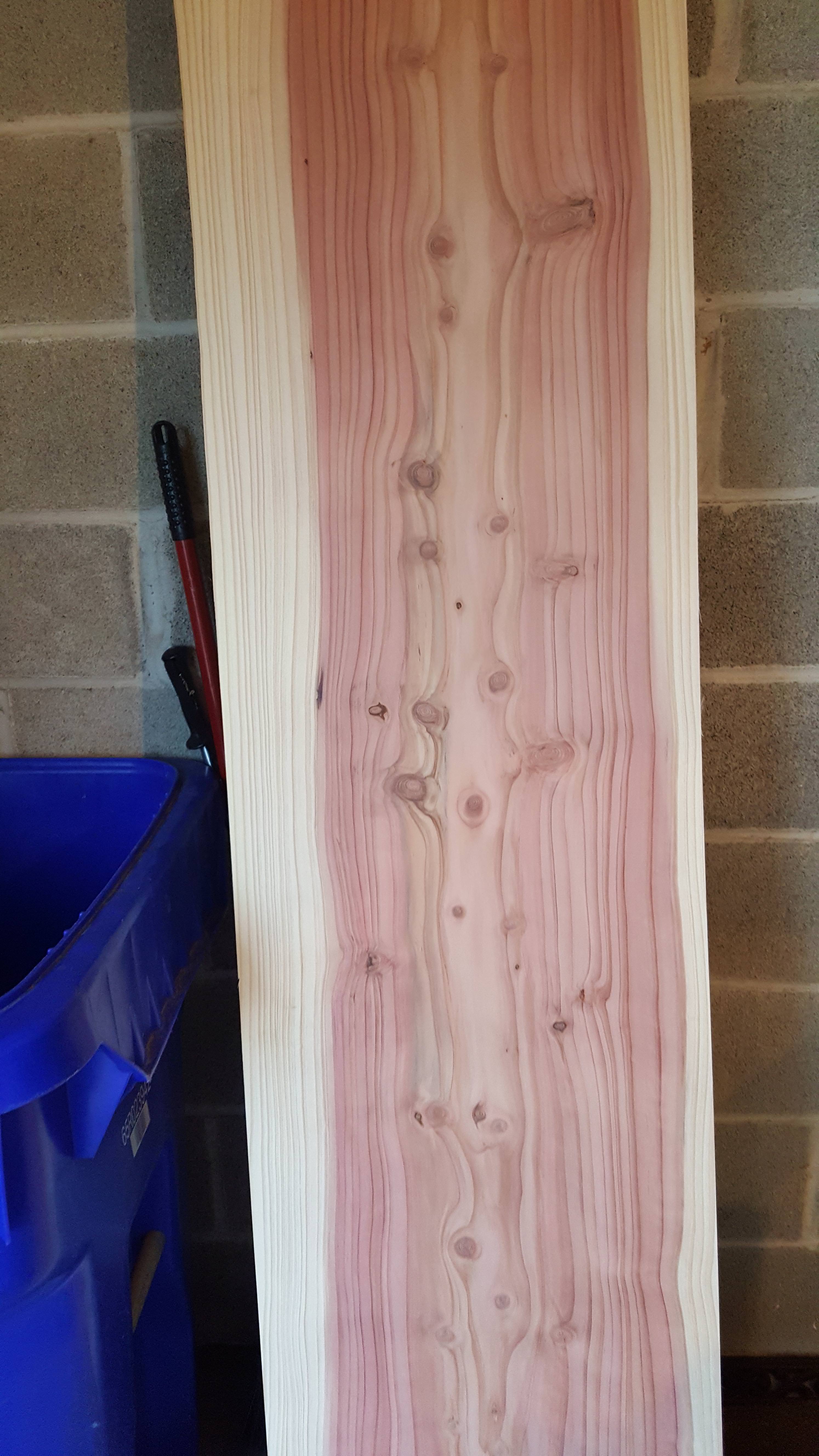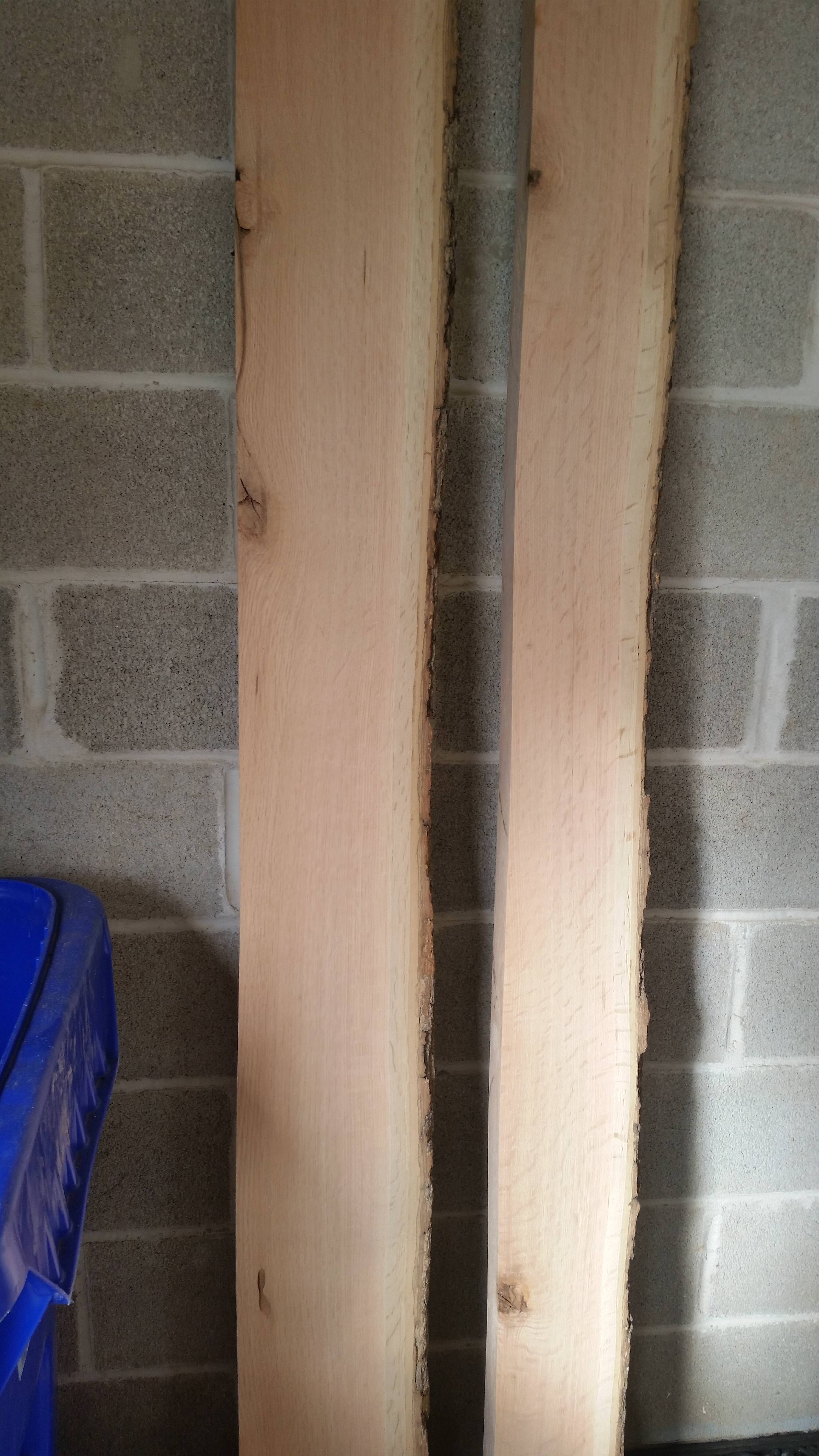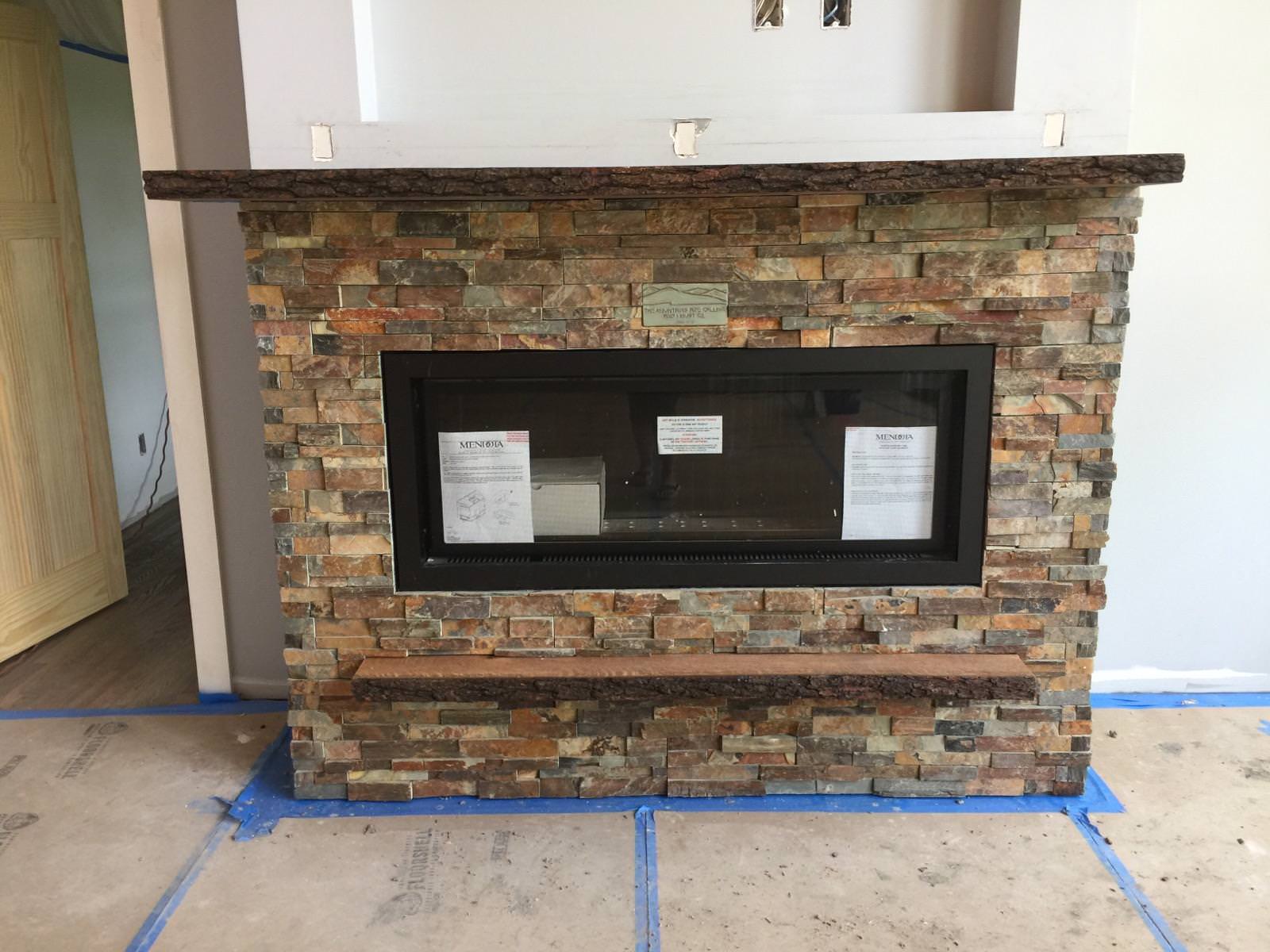cluelessmontana
ArboristSite Lurker
- Joined
- Mar 10, 2023
- Messages
- 20
- Reaction score
- 2
https://dl3.pushbulletusercontent.com/OvtRcQsL26tyWuclaROyqzYctPaoi8jX/20230514_203724.jpg
when I mill small logs with my ms180, i get no scoring, even with a normal non-milling chain (it uses 3/8 lo pro)
When I mill with my 460 rancher or 555, i get this scoring if i use a normal non-milling chain, but only sometimes as seen in the picture. If I use a chain ground to 10-15 degrees, then I usually get very little scoring. I'm just curious why it happens only with the bigger saws and how to prevent it.
when I mill small logs with my ms180, i get no scoring, even with a normal non-milling chain (it uses 3/8 lo pro)
When I mill with my 460 rancher or 555, i get this scoring if i use a normal non-milling chain, but only sometimes as seen in the picture. If I use a chain ground to 10-15 degrees, then I usually get very little scoring. I'm just curious why it happens only with the bigger saws and how to prevent it.






